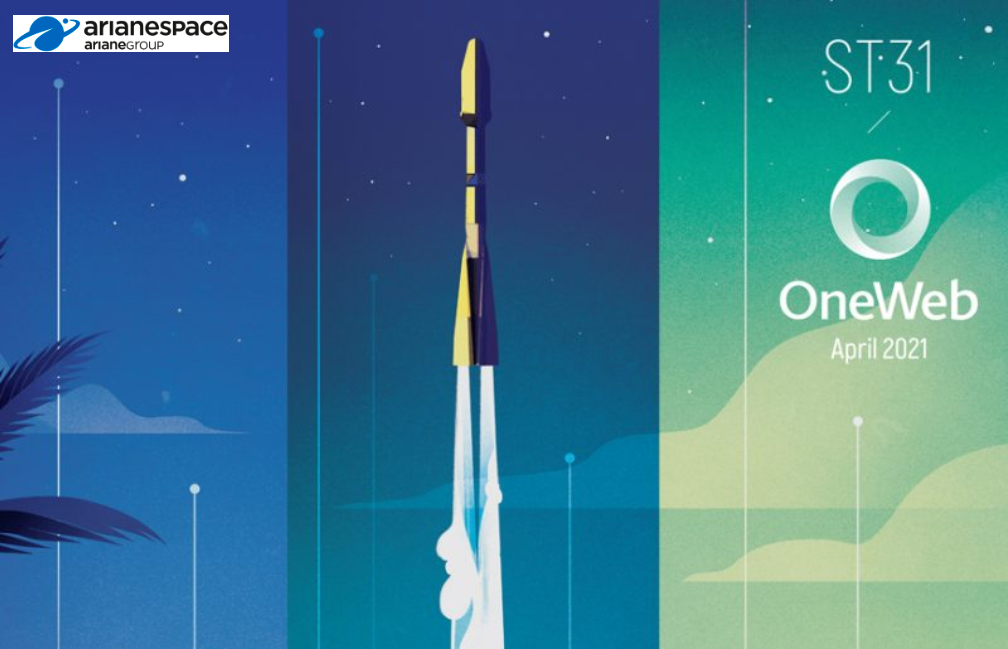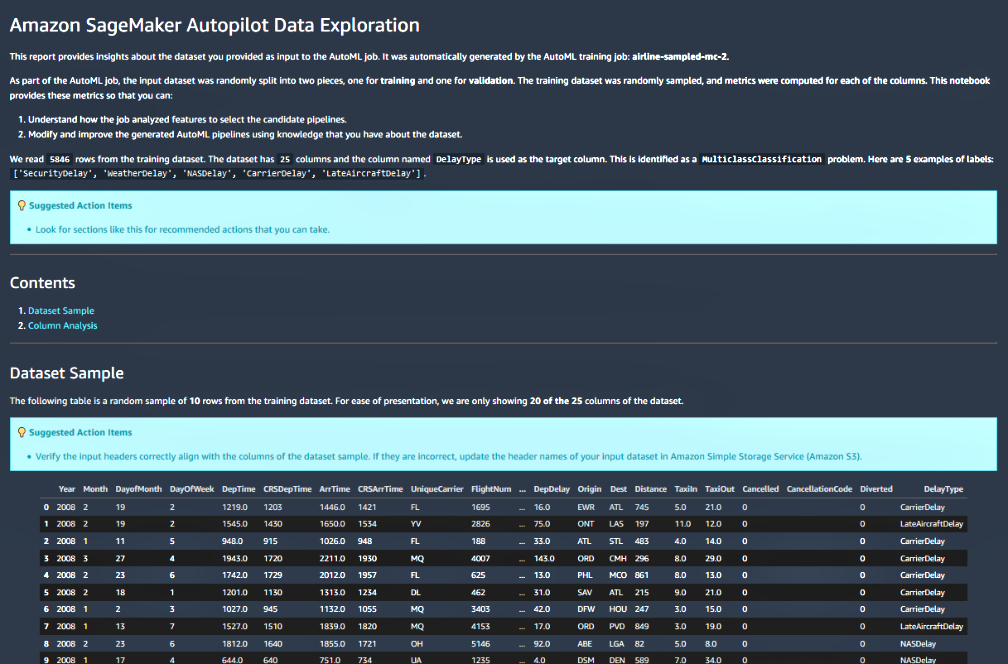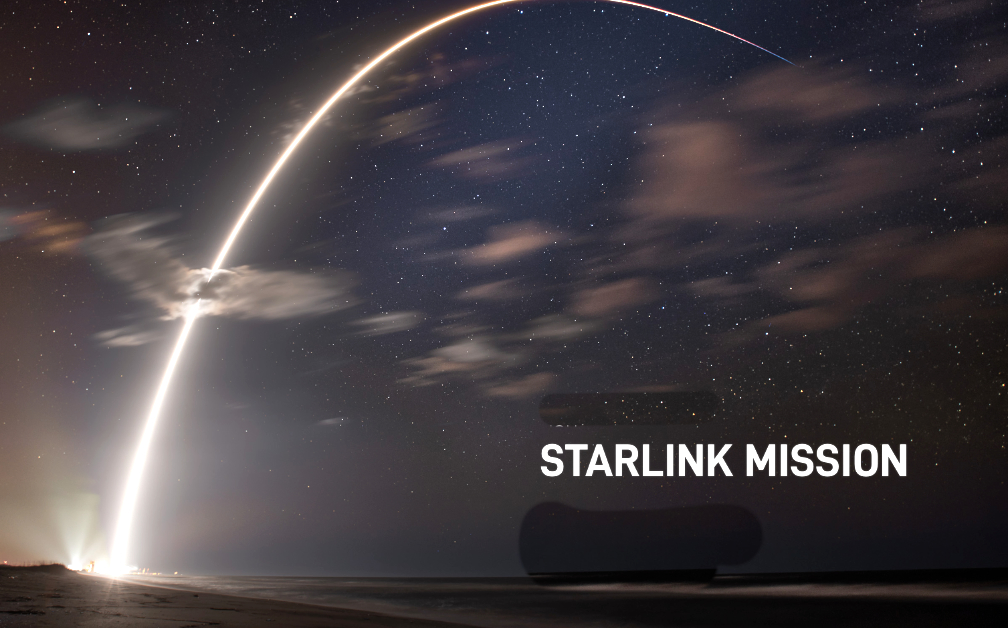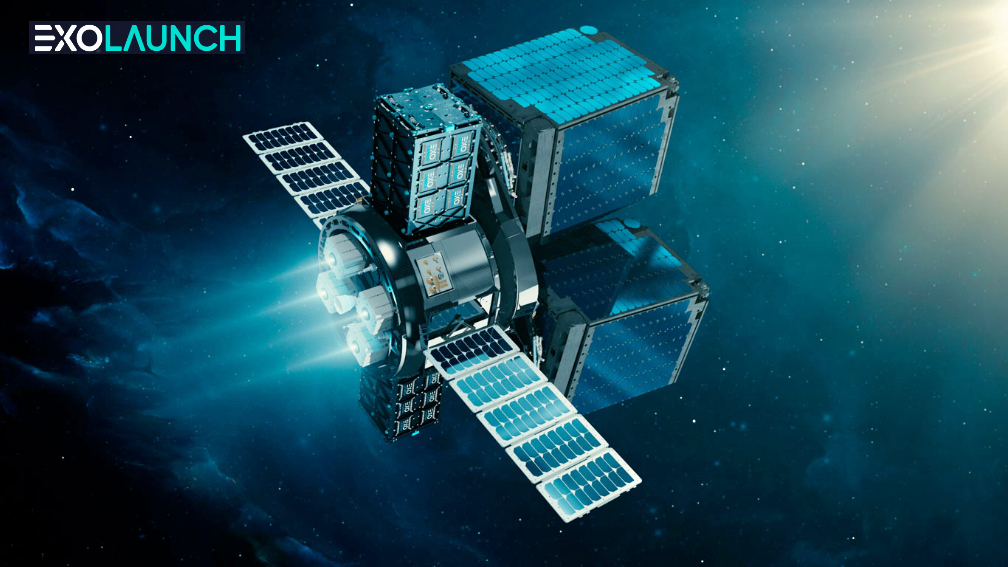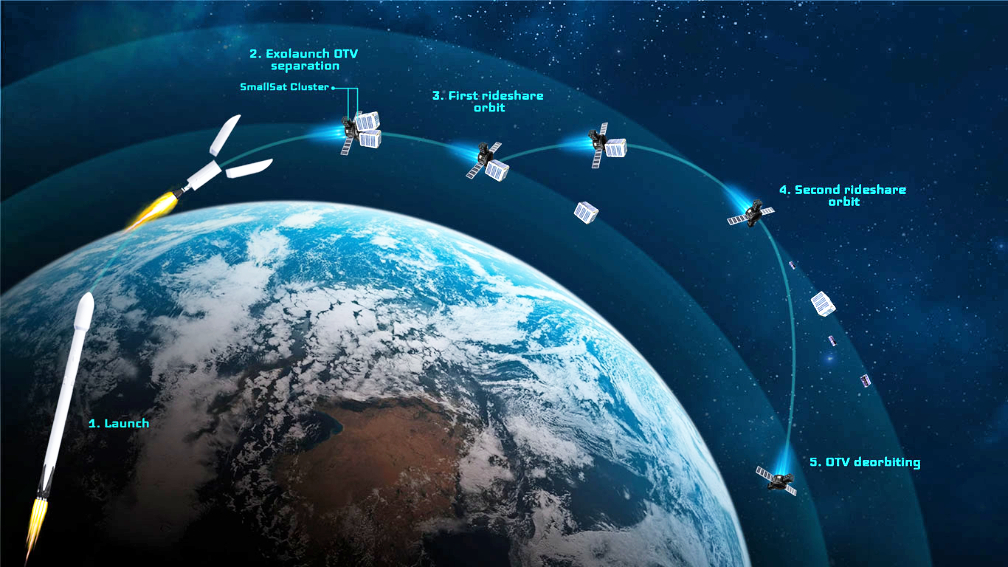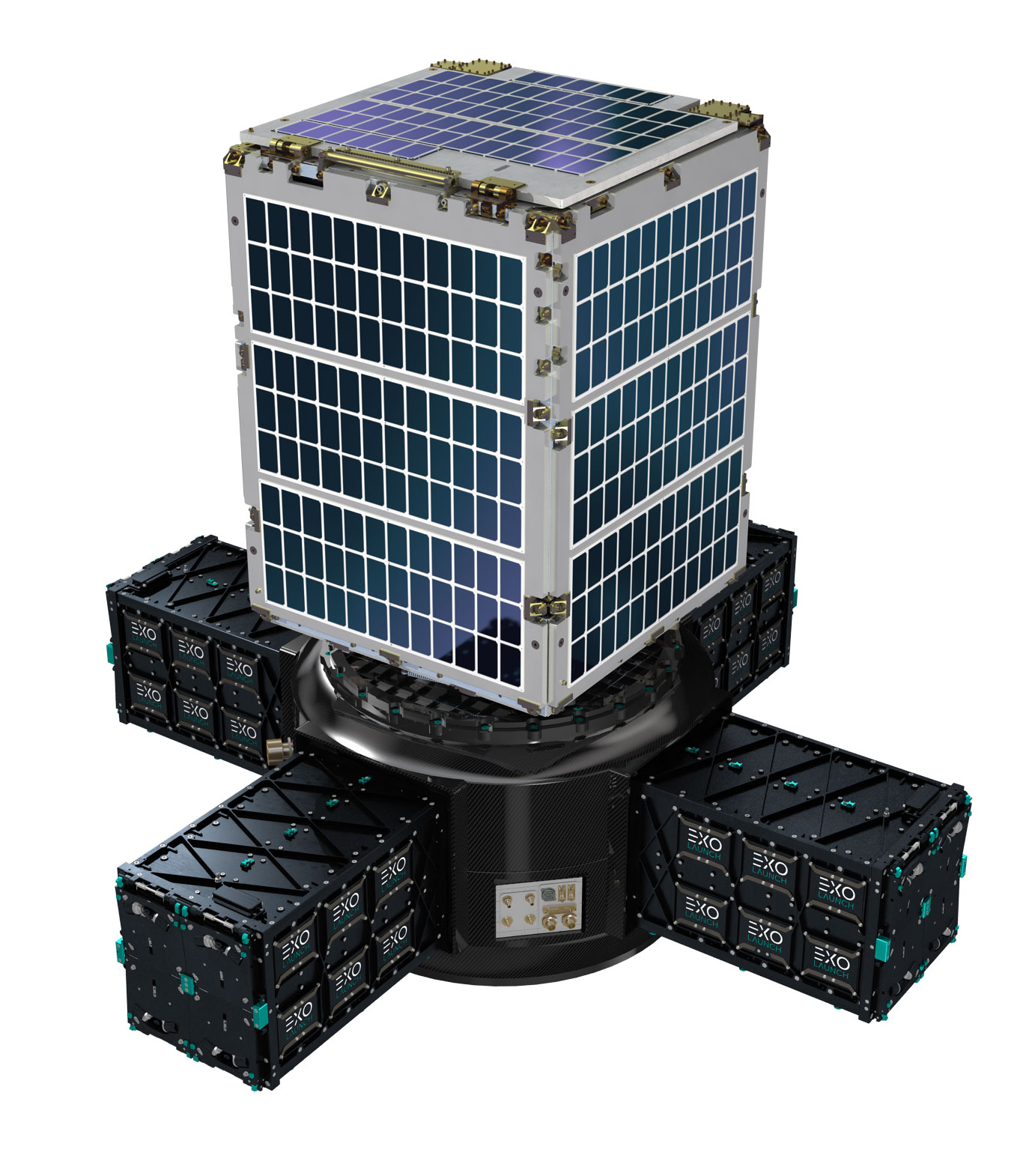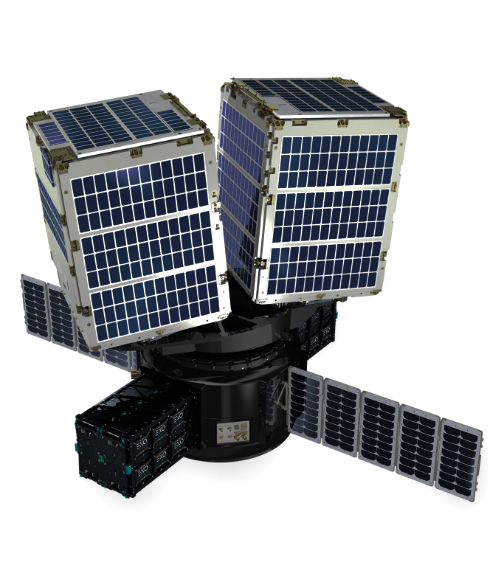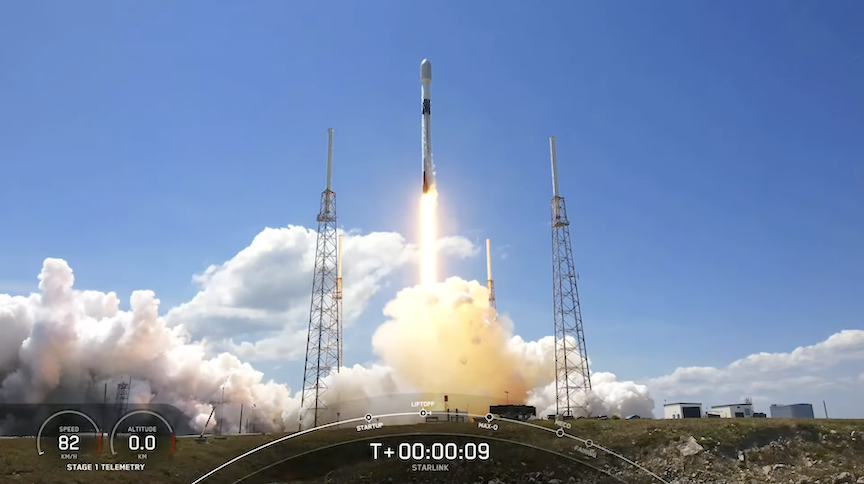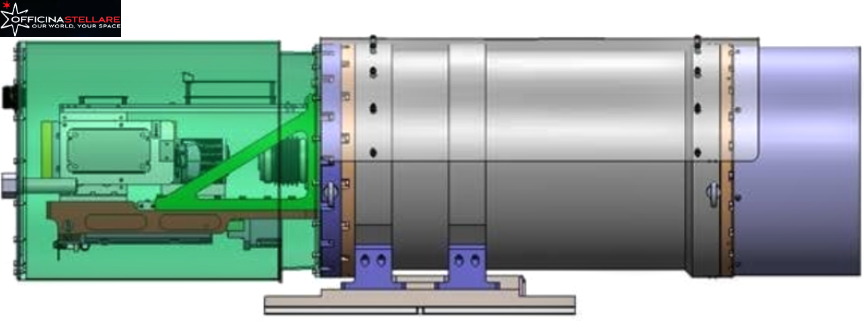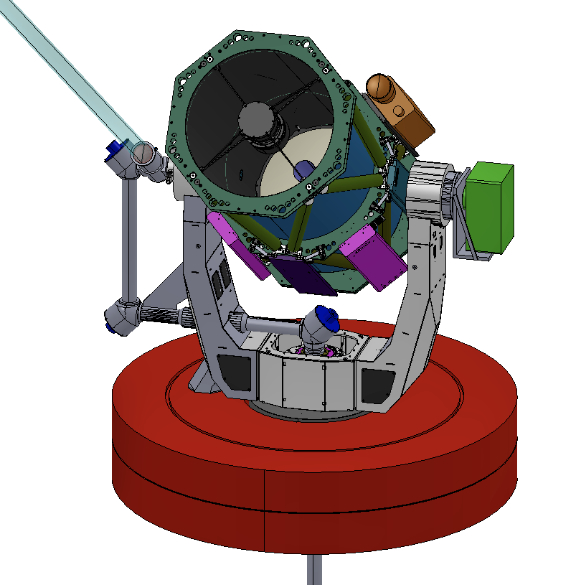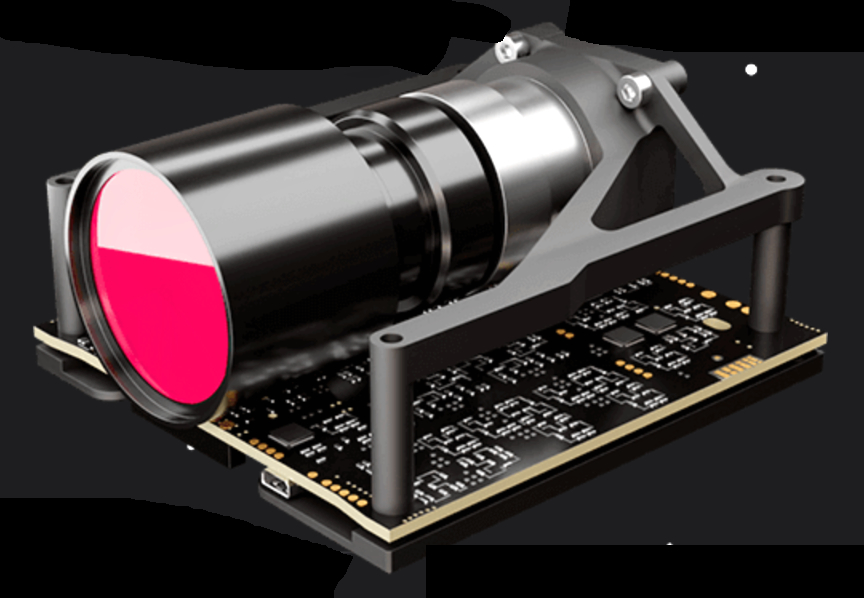
CAES has partnered with Raytheon Intelligence & Space to develop and provide RF signal conversion technology for use in a U.S. Air Force Research Laboratory (AFRL) program.

The Defense Experimentation Using Commercial Space Internet (DEUCSI) or Global Lightning program seeks to connect military aircraft to emerging commercial satellite internet constellations in LEO. CAES will provide multi-band block frequency converters for design into a new Raytheon phased array antenna and will allow communications with satellite internet constellations and aircraft to seamlessly jump between different satellites. The program culminates with a flight demonstration in 2022.

Commercial LEO satellites have the potential to allow communications at significantly faster speeds than is currently available on today’s military aircraft. As a result, the DEUCSI program seeks to leverage evolving space internet networks for USAF communications and data sharing capabilities.
CAES offers a full range of high performance RF modules and integrated microwave assemblies, featuring low phase noise, high spurious suppression and excellent gain flatness which enable superior signal integrity. CAES’ trusted frequency converters support uplink and downlink functionality that enable an efficient link of new space data services and a complete airborne, multi-band satellite terminal system.
In addition, CAES frequency converters feature unique packaging techniques allowing for very high density circuit integration, high channel-to-channel isolation, excellent thermal management and small form-factor solutions.
“CAES is excited to be chosen as a key partner for Raytheon’s DEUCSI solution, in what could become a widely used, high capacity data communications capability for the United States military,” said Mike Kahn, President and CEO, CAES. “CAES has a long history of pioneering high performance, narrowband and wideband millimeter wave solutions for military and space applications. In addition, our longstanding design-for-manufacturing expertise allows CAES to automate certain assembly and test functions to meet the most challenging customer design requirements.”
For additional information, please select this direct infolink…

